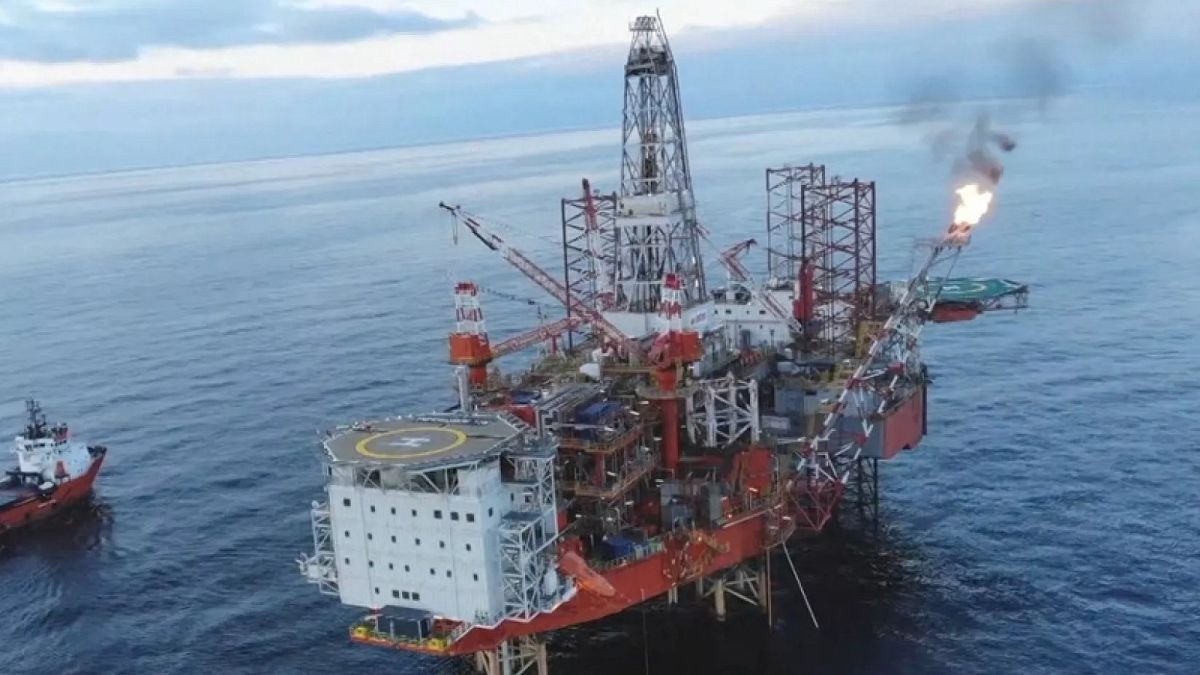

In a world constantly seeking sustainable advancements, the recent developments across the globe present promising shifts in both energy and technological landscapes. From Poland’s historic oil discovery to China’s monumental hydropower initiative and groundbreaking brain-computer interface implants, these strides mark significant progress in how we harness and interact with various forms of energy and technology.
Poland has uncovered what is being described as potentially the largest oil and gas deposits in its history, situated under the Baltic Sea. This discovery has sparked discussions among analysts about the prospect of Europe reducing its reliance on Russian energy. The deposits represent a significant opportunity for increased energy security within the region, with potential implications that extend beyond Poland. As this development unfolds, Poland could become a pivotal player in altering Europe’s energy mix, contributing to a more diverse and resilient energy supply chain.
In a parallel leap, Uzbekistan is making strides by adopting greener methods in the extraction and export of rare materials such as uranium. As demand for these materials grows in response to the global energy transition, Uzbekistan is positioning itself as a key supplier. By embracing environmentally friendly extraction techniques and cultivating international partnerships, the country is playing an instrumental role in supporting sustainable global supply chains. This strategy not only highlights Uzbekistan’s commitment to ecological responsibility but also strengthens its economic position on the global stage.
Meanwhile, on the technological frontier, Elon Musk’s Neuralink has achieved a new milestone by successfully implanting a brain-computer device into its ninth participant. This device establishes a direct connection between the human nervous system and digital devices, opening the door to innovative ways for individuals to interact with technology. The potential implications of such technology are vast, ranging from aiding those with disabilities to revolutionizing how we control and communicate with our devices. Neuralink’s latest advancement underscores the rapid progress being made in the field of neurotechnology.
In Asia, China has commenced the construction of the world’s largest hydropower dam on the Yarlung Tsangpo River in Tibet. This ambitious project, hailed as the “project of the century,” aims to harness the river’s potential to generate clean energy on an unprecedented scale. While the benefits of such an endeavor are clear, providing substantial renewable energy capacity, concerns about the project’s impact on downstream nations, including India and Bangladesh, remain. Balancing these ecological and geopolitical dynamics will be crucial as the construction progresses.
Together, these global initiatives highlight a shared commitment to advancing energy and technology in ways that promise both innovation and sustainability. As these projects evolve, they will undoubtedly shape the future by addressing the energy needs of diverse regions while minimizing environmental impacts. These developments, marked by collaboration, technology, and eco-conscious strategies, reflect an ongoing journey toward a more sustainable and interconnected world. With each step forward, there is an opportunity to foster resilience and adaptability, echoing a broader vision of progress that embraces both the challenges and prospects of the future.
Source: {link}
